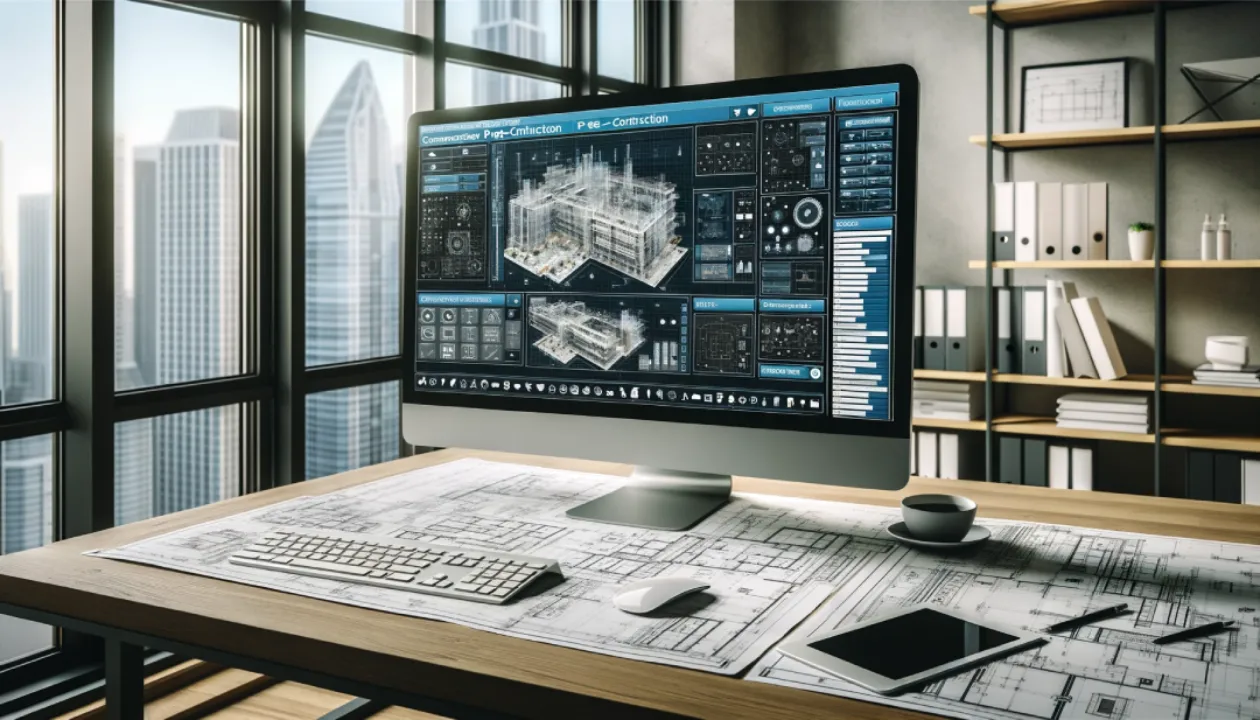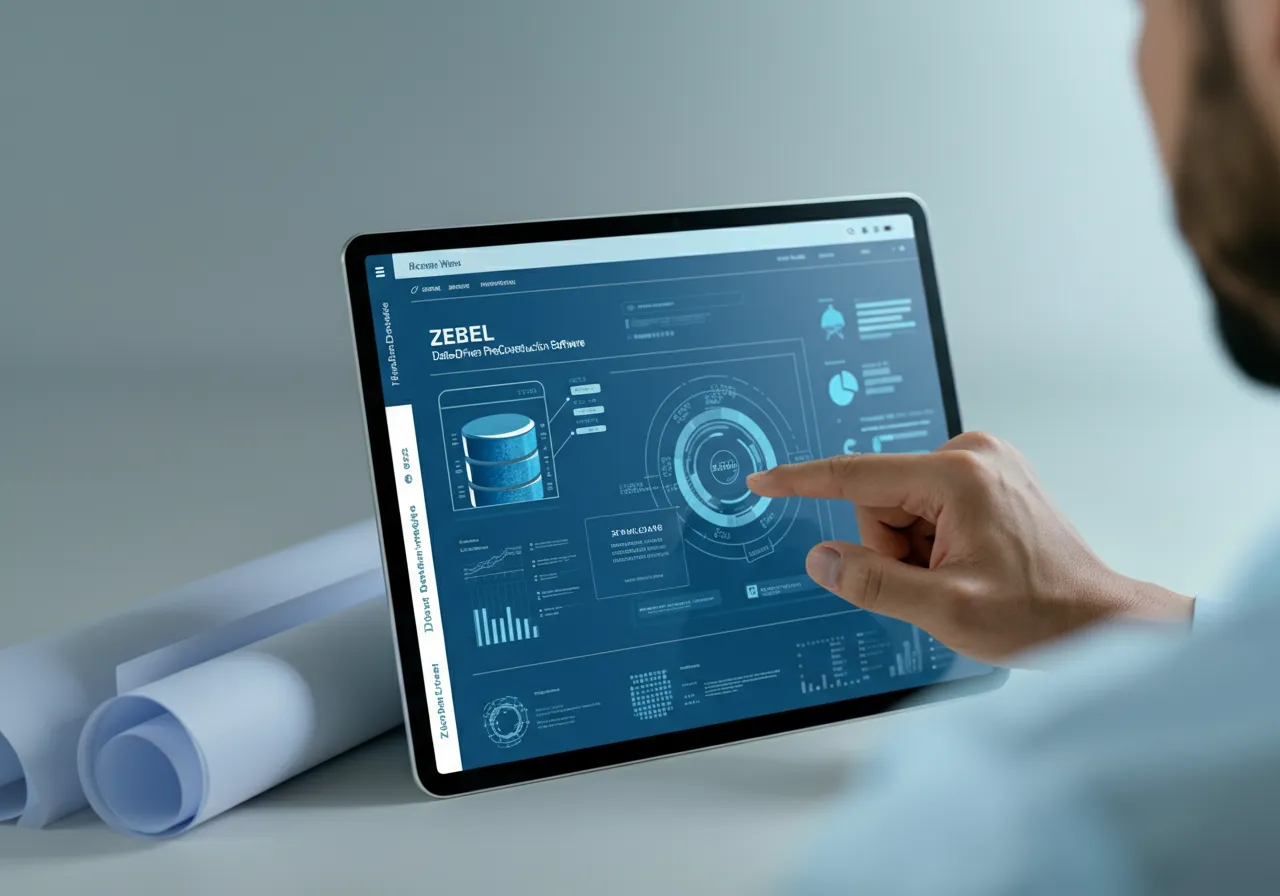Commercial contractors and developers need to use every resource at their disposal to win, including an emerging class of preconstruction software that leverages parametric AI.
Para-what? That is probably a common response to this new term that will become more important going forward.
Parametric refers to a system with multiple parameters. While generative AI has seized the popular imagination, parametric AI is more practical because it enables a preconstruction professional to quickly change various parameters of a project to yield predictive analytics about cost, or even revenue potential of the finished product.
In a tool like Zebel, these parameters are also configurable. This, combined with the availability of extensive anonymized project data from across the Zebel customer base, means contractors or developers can quickly establish reliable budget data based on comparable projects. One other parameter that can be defined by users, escalation, provides a formal and auditable approach to adjusting for construction input price changes.
While AI may have ridden a bit of a hype cycle in construction in 2023, and many industry software products have launched well-publicized integrations with ChatGPT, preconstruction software vendors are working AI and algorithmic analytical functionality into the core of their products. While Autodesk works to bring generative design to the full vertical building project, AI is coming more rapidly to predictive analytics and what-if scenario planning.
In these settings, AI can function not as a robotic actor but as a guide on the side, crunching numbers and reflowing calculations across more variables, options and selections than a human being could.
Configuration of Options Versus Raw Design
One area where this approach is highly desirable, for instance, is in large track residential development. A developer may have templated model designs, but each involves thousands of different configurations that a home buyer may choose or that are mandated by local code or protective covenants. The complexity of reflowing cost as each change to a standard design is specified means many residential developers do not know if they are making or losing money on a home until after construction.
Software from Higharc automates the reflowing of cost data on these residential projects, providing real-time visibility of costs as design configurations flow through to a bill of material (BOM) through to a cost breakdown structure.
Another residential preconstruction software, CostCertified (now rebranded as Bolster) follows a similar parametric approach to streamline the estimate and give the customer the ability to select options and finishes with these choices automatically flowing through quantities and pricing.
At the same time, both of these products give users a web-based configurator so a builder’s customer can change project elements and have those changes flow through quantities and pricing in the back end. Rules-based configuration is something product-centric businesses have used for a long time to customize products, from vehicles with standard and optional features to industrial equipment that repurposes designs but meets customer requirement by modifying a product master to create distinct but predictable configured products.
Formal definitions for parametric AI and product (or project) configuration software will differ, but these differences tart to fade once we look closely enough at the technology coming to market in construction: Parametric AI systems use artificial intelligence systems that rely on parameters, algorithms, or models to make predictions, classifications, or decisions. Configuration softwareis designed to enable users to customize or configure various aspects of a system or software application to meet specific requirements or preferences. Configuration software doesn’t necessarily involve AI or machine learning but focuses on providing users with options to adjust settings, features, or functionalities.
Where the two start to blend together is when we take into consideration cost, or in some cases project financial performance. As the project configuration changes, making cost and project yield data flow in lockstep is not something a configurator would normally do, at least not at the level of complexity of a commercial construction or development project.
But the challenges Zebel focuses on, specifically those faced by commercial developers and contractors, push the idea of a configurator to its limits. That is because a reliable cost number is necessary at a very early stage of the project. A developer will need to complete a proforma to get a project initiated—they will rely increasingly on parametric AI preconstruction software to price out a project configured in different ways, perhaps identifying the optimal project mix for a favorable cost-revenue equation.
Oftentimes, that developer will look to their general contractor to drive these numbers while using a parametric AI tool more for feasibility and to identify the most profitable project attributes, but the nature of the problem and the tool that will likely be increasingly used remain the same.
User Configurable
General contractors can make a parametric AI preconstruction tool grow into their unique business by adding more data sources, including third party market data, refining their approach to the market and making them more competitive.
Cost escalation fields are also configurable and can be applied to account for cost differentials in specific geographies, as well as market fluctuations of materials and other inputs. While cost and escalation data can be localized, regardless of where a user is officed, that localization or escalation data is applied consistently across the software. This creates a unified and consistent approach to estimating across a multi-office general contracting organization—eliminating a consistent pain point caused by estimators in different offices applying different and perhaps arbitrary escalations.
The Role of Parametric AI Going Forward
Parametric AI tools like Higharc, Zebel and others will probably become more and more important to contractors and developers for several use cases.
- Predictive Analytics: AI can use predictive analytics to forecast project outcomes based on historical data and current project parameters. This enables stakeholders to anticipate potential challenges, optimize resource allocation, and make data-driven decisions to improve project performance.
- Estimation and Cost Prediction: AI algorithms can analyze historical project data, including materials costs, labor costs, and project timelines, to generate accurate estimates for construction projects. This helps in predicting costs more precisely and avoiding budget overruns.
- Site Selection and Planning: AI can analyze various factors such as demographics, market trends, transportation accessibility, and environmental considerations to identify suitable locations for construction projects. This supports more informed decisions during the preconstruction phase.
- Predictive Analytics: AI can use predictive analytics to forecast project outcomes based on historical data and current project parameters. This enables stakeholders to anticipate potential challenges, optimize resource allocation, and make data-driven decisions to improve project performance.







